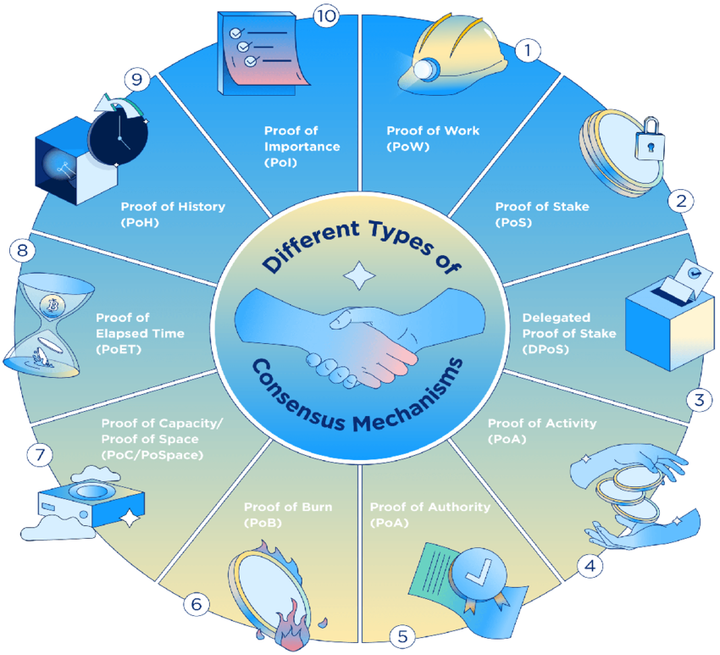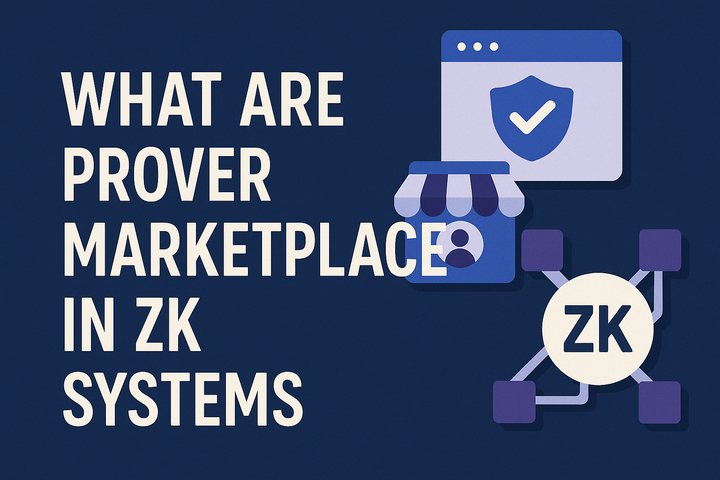UAE and Web3: How the Gulf is Becoming a New Crypto Hub

The UAE is increasingly being called the new “crypto capital of the world.” Against the backdrop of tightening regulations in the US and Europe, Web3 project teams, investors, developers, and funds are flocking here. But what exactly is the UAE’s strength? Why has migration to the Emirates become a global trend? And can Dubai really replace Silicon Valley on the crypto map?

Why the UAE is becoming a Web3 magnet
Unlike many countries where crypto businesses face repression, the Emirates have taken a strategically opposite position: creating conditions, not barriers. Regulators do not prohibit, but license. Bureaucracy does not slow down, but helps. This is a rare combination of political will, flexibility, and technological interest.
Here’s what makes the UAE especially attractive:
1. Clear regulation. Dubai has VARA, the world’s first specialized crypto regulator. Abu Dhabi has ADGM with a similar model.
2. Tax incentives. Corporate income tax is 9%, but with the right structure it can be legally avoided. There is no personal income tax.
3. Open visa policy. Web3 specialists can obtain Golden Visa, investor visas or resident statuses through local free zones.
4. Convenience of launch. A company can be registered in a few days, and bank accounts can be opened in a couple of weeks.
Developed infrastructure. Dozens of funds, incubators and accelerators with a focus on blockchain operate in the Emirates.

Who is moving and why
The flow of migration to the UAE has especially increased in 2023-2025. Everyone has different reasons, but the essence is the same - to survive and grow. Among those leaving for Dubai:
· US startups tired of SEC pressure;
· Teams from China that need freedom to experiment;
· European DeFi projects scared by the MiCA directive;
NFT and gaming platforms looking for fundraising and community.
The main reasons for moving:
· access to investments (funds are literally sitting in neighboring towers);
· free development without fear of "being closed tomorrow";
· fast networking and reaching new partners;
· personal safety and high standard of living.
Comparison of Global Crypto Hubs for Web3 Migration (as of 2025)
|
Criteria |
UAE (Dubai/Abu Dhabi) |
USA (California/New York) |
Singapore |
Switzerland (Zug) |
Hong Kong |
|
Regulatory
Clarity |
✅ High – VARA & ADGM
frameworks |
❌ Low – SEC uncertainty,
lawsuits |
✅ Moderate – MAS licenses
clear |
✅ High – FINMA crypto
regulation |
✅ Improving – proactive
licensing |
|
Crypto-Friendly
Visas |
✅ Golden Visa & tech
permits |
❌ No crypto-specific
options |
✅ Tech passes available |
✅ Crypto entrepreneurs
welcomed |
✅ Talent Admission Scheme |
|
Corporate
Tax Rate |
9% (with
exemptions possible) |
21%
federal + state taxes |
17% |
~12–15%
(depending on canton) |
16.5% |
|
Personal
Income Tax |
0% |
Up to
37% |
Up to
22% |
Up to
40% |
Up to
17% |
|
Speed
of Company Setup |
✅ Fast (few days in free
zones) |
❌ Slow and complex |
✅ Moderate |
✅ Moderate to fast |
✅ Moderate |
|
Access
to Funding |
✅ High – active crypto VCs |
✅ High – traditional VC
hub |
✅ Good – regional funds |
✅ Niche blockchain funds |
✅ Increasing institutional
interest |
|
Support
for DeFi / DAO |
✅ Encouraged under
regulation |
❌ Risk of being shut down |
⚠️ Cautious approach |
✅ Legally recognized
structures |
✅ Regulated
experimentation |
|
Cost of
Living |
❌ High |
❌ High |
⚠️ Medium–high |
⚠️ Medium–high |
✅ Medium |
|
Crypto
Adoption (B2C) |
✅ Growing ecosystem |
✅ High but fragmented |
✅ Good |
✅ Moderate |
✅ Fast-growing retail
interest |
|
Infrastructure
& Talent |
✅ Strong tech expat base |
✅ Strong (but expensive) |
✅ Strong |
✅ Niche-focused |
✅ Emerging Web3 talent
pool |
|
Political
/ Economic Stability |
✅ High |
⚠️ Moderate (regulatory
swings) |
✅ High |
✅ High |
⚠️ Some geopolitical
sensitivity |
|
Climate
& Lifestyle |
⚠️ Hot, luxury-focused |
⚠️ Diverse, expensive |
✅ Clean, efficient |
✅ Safe, scenic |
✅ Urban, convenient |
How migration affects the global Web3 landscape
The physical movement of thousands of people and hundreds of companies has already changed the map of the crypto world. Dubai is turning into a place where:
· key meetups and conferences are held (TOKEN2049, Gitex, Blockchain Life);
· pilots and MVPs with local support are quickly launched;
· deals between projects, funds and partners are concluded on the spot, without Zoom and time zones.
A density effect has appeared: the guys from Solana, the founders of an Ethereum project and a fund from Singapore can meet in one cafe. This speeds up the cycle of “idea → prototype → funding → launch” to a minimum. Previously, it took months — now it takes weeks.

Are there any risks and downsides?
Of course. Like any trendy location, Dubai has its downside:
1. High cost of living. Housing, kindergartens, offices — everything is expensive.
2. Climate. It’s scorching hot in the summer. Not everyone can withstand +45°C.
3. Legal nuances. Despite the progress, some aspects like DAO, share tokenization, and crypto-fiat gateways still require caution.
Risk of overheating. If everyone is going to one place, competition increases, and some projects may not survive.
Nevertheless, against the backdrop of global instability, it is now safe to build, test, and scale here.

Conclusion
The United Arab Emirates is confidently securing its status as a new crypto hub. This is not just a temporary fad, but a proven strategy that combines:
· willingness to take risks,
· technological openness,
· flexible economy,
· international positioning.
Dubai and Abu Dhabi today form the new core of the global Web3. And with each new project, each relocation and each meetup, this position is only getting stronger. If at the beginning of the decade Web3 was built in California and Berlin, now many of the key decisions will be made on the shores of the Persian Gulf.



Comments ()